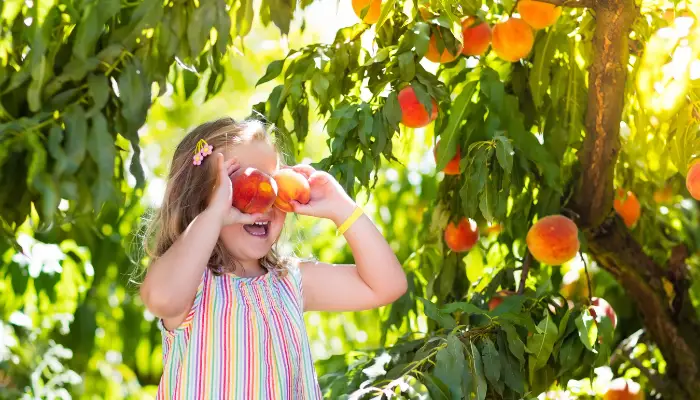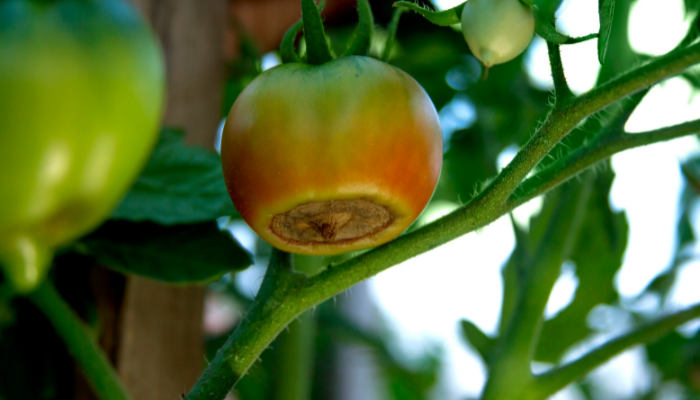Virginia Creeper: A Beautiful Plant with Hidden Dangers for Dogs
Gardening and landscaping enthusiasts often seek out vibrant and lush greenery to adorn their yards, providing a sense of serenity and beauty.
Virginia creeper, a popular climbing vine, is frequently chosen for its aesthetic appeal and versatility in outdoor spaces.
However, while it may be a homeowner’s delight, it can pose a significant threat to our four-legged friends.
Let us explore the toxicity of Virginia creeper to dogs, its characteristics, and the precautions pet owners should take to keep their furry companions safe.
What is Virginia Creeper?
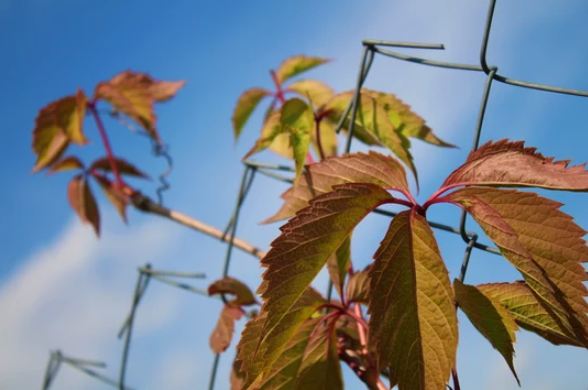
Virginia creeper (Parthenocissus quinquefolia) is a deciduous vine native to the United States and Canada.
It is admired for its stunning red and purple foliage, which makes it an attractive addition to gardens and landscapes.
This vine is well-known for its rapid growth, making it an excellent choice for covering walls, trellises, and fences.
Its five-leaflet compound leaves, similar in appearance to poison ivy, are what distinguishes Virginia creeper and can sometimes lead to confusion.
Toxic Components of Virginia Creeper
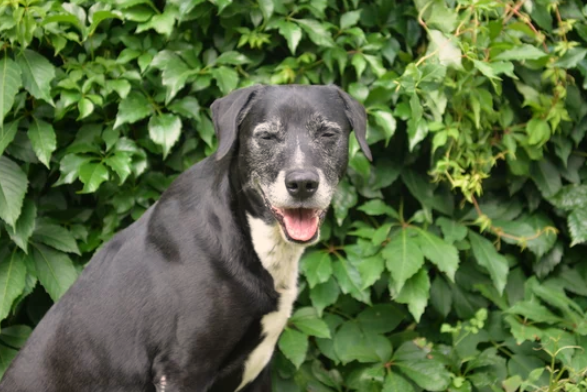
The danger of Virginia creeper to dogs lies in the oxalate crystals found in the plant’s sap, leaves, and stems.
Oxalate crystals are microscopic needle-like structures that can cause severe irritation when ingested or when they come into contact with a dog’s skin, mouth, or digestive system.
These crystals are responsible for the toxicity of Virginia creeper and can lead to a range of adverse reactions in dogs.
Symptoms of Virginia Creeper Poisoning in Dogs
When a dog comes into contact with Virginia creeper or ingests any part of the plant, it can exhibit various symptoms of poisoning.
These symptoms may include:
- Drooling and excessive salivation.
- Swelling of the mouth, lips, and tongue.
- Vomiting and diarrhea.
- Pawing at the face or mouth.
- Difficulty swallowing.
- Lethargy and weakness.
- Decreased appetite.
In severe cases, Virginia creeper toxicity can lead to more serious health issues, such as breathing difficulties and renal failure.
Thus, it’s vital for pet owners to be aware of the dangers and take precautionary measures to protect their dogs.
Preventing Virginia Creeper Poisoning
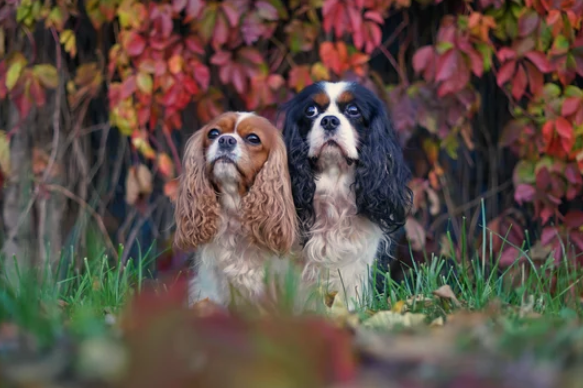
To ensure your dog’s safety, consider the following precautions:
- Identify and remove Virginia creeper: The first step in preventing poisoning is to identify Virginia creeper in your garden and remove it. Pay attention to its distinctive leaves and avoid planting it if you have dogs or other pets.
- Fencing: Install barriers or fencing to keep your dog away from the creeper. This can help prevent accidental contact and ingestion.
- Training: Train your dog to avoid certain areas of your garden or landscaping where Virginia creeper may grow. Consistent reinforcement through commands like “leave it” can be helpful.
- Supervision: When your dog is outdoors, supervise them closely to ensure they don’t nibble on any plants.
- Landscaping alternatives: Consider using non-toxic, dog-friendly plants in your landscaping, such as pet-safe vines or shrubs.
Safe Plant Alternatives for Pet Owners
When considering landscaping options, it’s important to be aware of other dog-friendly plant alternatives.
Explore various non-toxic vines, shrubs, and trees that can enhance your outdoor space without endangering your furry friends.
Some excellent choices include dogwood, honeysuckle, and jasmine.
The Importance of Prompt Action
If you suspect that your dog has come into contact with Virginia creeper, it’s crucial to act swiftly.
Delayed treatment can lead to more severe symptoms and complications.
Discuss the importance of seeking immediate veterinary care and what to expect during the treatment process.
Common Misconceptions and Identification Tips
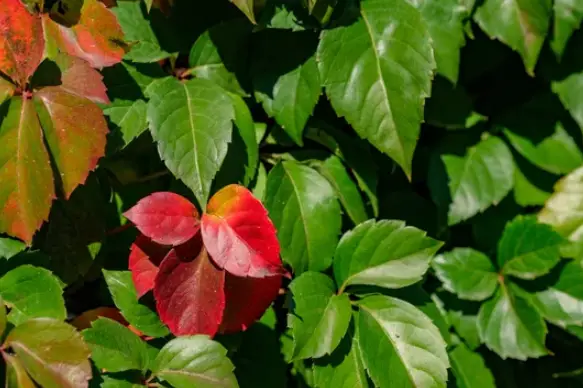
Virginia creeper’s resemblance to poison ivy often leads to confusion.
Share information about how to distinguish the two, helping pet owners avoid unnecessary concern or overreaction when they spot Virginia creeper in their gardens.
Potential Long-Term Health Effects
While mild cases of Virginia creeper poisoning can be managed with prompt intervention, more severe cases can lead to long-term health issues.
Discuss the potential risks of kidney damage and chronic health problems that can result from prolonged exposure or ingestion.
Educating Dog Owners
Raising awareness about the dangers of Virginia creeper is crucial.
Share information on various platforms, such as social media, local pet communities, and veterinary clinics, to ensure that dog owners are well-informed about the risks and prevention strategies.
Teaching Dogs to Avoid Toxic Plants
In addition to supervising your dog, consider techniques for training dogs to recognize and avoid toxic plants.
Discuss positive reinforcement training methods and the importance of consistent commands in a dog’s education.
Creating a Dog-Safe Garden Environment
Extend the discussion to encompass overall garden safety for dogs.
Address topics like the use of mulch, fertilizers, pesticides, and other common garden elements that may pose hazards to pets.
Emphasize the importance of maintaining a pet-friendly garden space.
Seeking Professional Help
In cases of severe poisoning, veterinary care is essential.
Describe what dog owners can expect when seeking professional help, including diagnostics, treatment options, and recovery.
Conclusion
Virginia creeper is an alluring, quickly-propagating vine that may give your yard a touch of class. Its toxicity to dogs shouldn’t be understated, though.
As responsible pet owners, we must take measures to protect our canine friends from potential risks.
You may contribute to your dog’s safety and appreciate the beauty of your outside environment by detecting Virginia creeper, getting rid of it from your garden, and taking preventative actions.
Please seek advice and treatment from your veterinarian if you believe your dog has consumed or come into contact with this poisonous plant.



